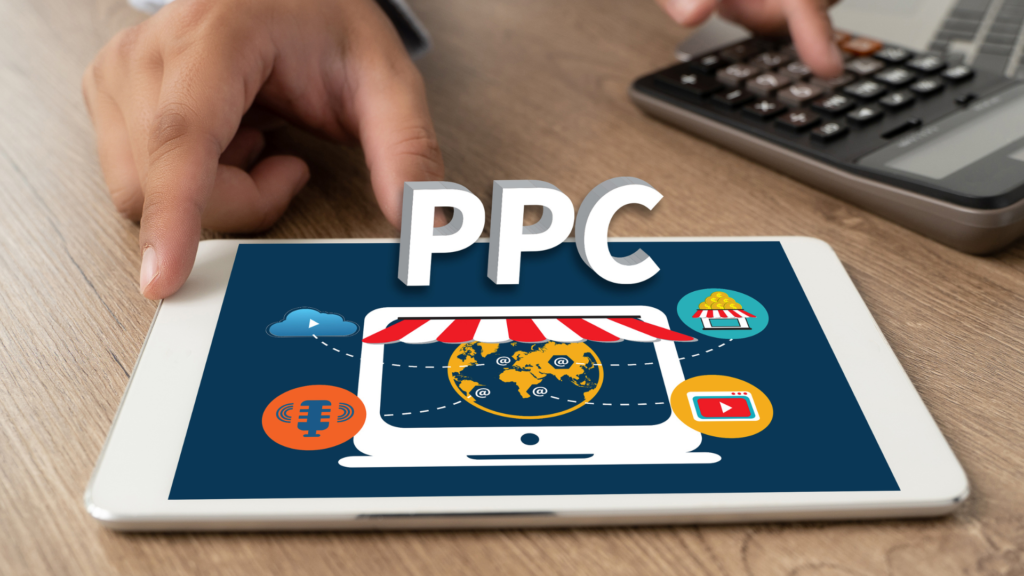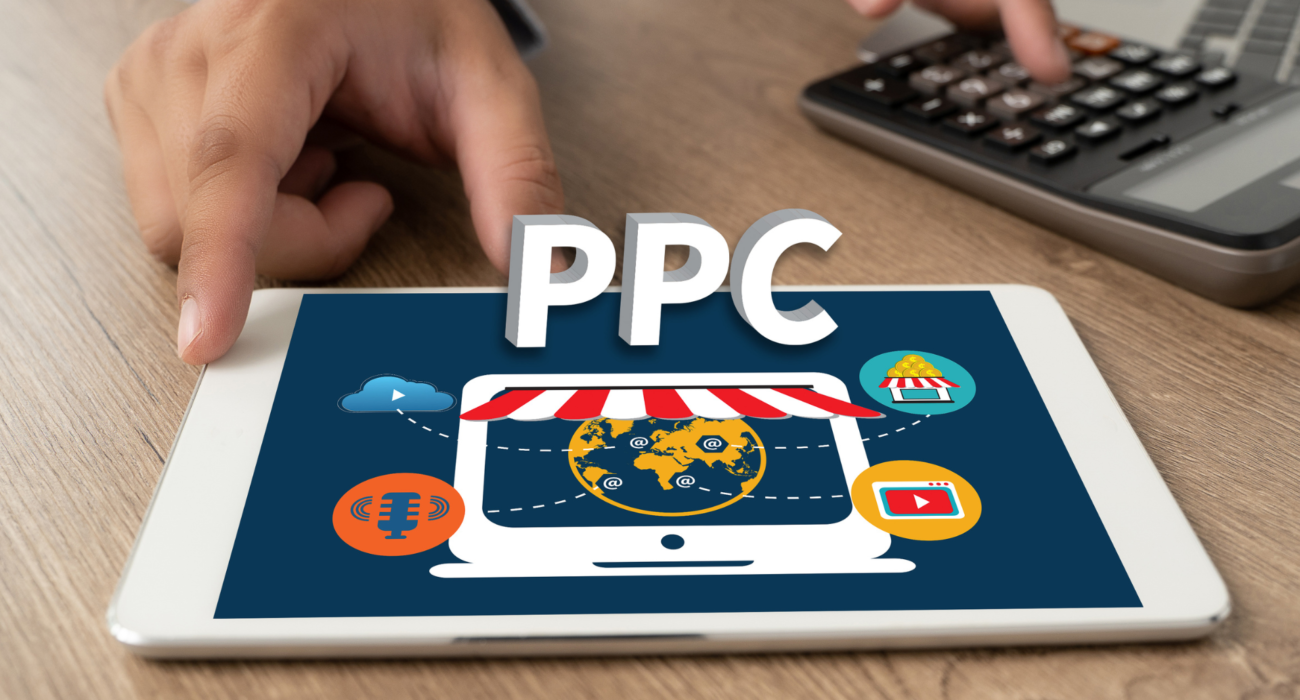7 Key PPC Trends That Will Supercharge Your Advertising Efforts
As businesses increasingly compete for visibility online, keeping up with PPC trends is essential to stay ahead. PPC (Pay-Per-Click) advertising, which has been around since the late 1990s, has transformed into a crucial tool in digital marketing, contributing billions to the US economy alone. For brands, especially those new to this field, staying competitive can be challenging. Let’s explore the most important PPC trends and how they can help businesses like yours maximize their advertising efforts.

Understanding Consumer Behavior Shifts in PPC Marketing
Consumer behavior has been evolving rapidly, and this directly impacts how businesses should approach their PPC advertising strategies. One of the most significant changes is that consumers are more cautious and selective about the ads they engage with. Many people now use ad-blockers, making it harder for businesses to reach their audiences through traditional methods.
On top of this, people are expecting more personalized and authentic ads that address their specific needs. In order to stand out, advertisers must create tailored PPC campaigns that focus on delivering genuine value. It’s important to make sure ads match individual user preferences and align seamlessly with their overall experience on a website or platform.
The Role of Automation and AI in PPC Management
Automation and AI have significantly changed the game in PPC marketing. These technologies can process large amounts of data quickly, helping businesses target their audience more effectively. AI-driven tools, like chatbots and automated bidding systems, are now being used to optimize ad campaigns by automatically adjusting bids and targeting the right keywords.
AI can also personalize ads based on user behavior, allowing marketers to deliver relevant content at the best times. This saves time and resources while ensuring that ad campaigns are more likely to convert. However, with the increasing use of AI comes privacy concerns. It’s important to be transparent about how user data is collected and used, and to obtain consent before launching automated ad campaigns.
The Importance of Mobile Optimization for PPC
With more people shopping and browsing on their mobile devices, it’s vital that businesses prioritize mobile-centric PPC optimization. Ads must be crafted in a way that looks great not only on desktop but also on the smaller screens of smartphones and tablets. Focusing on concise messaging, clear images, and easy-to-read text will make your ads more effective on mobile devices.
Additionally, loading speed is critical. Slow-loading pages can lead to high bounce rates, meaning users leave the site before they engage with your content. Tools like Google’s PageSpeed Insights can help identify issues and improve your website’s performance on mobile.
Video Advertising Continues to Dominate
In recent years, video content has exploded in popularity, and this trend is making its mark on PPC campaigns. Video ads are engaging and often more effective than text-based ads in capturing user attention. Platforms like YouTube, Facebook, and Instagram provide opportunities for businesses to showcase their products or services in a visually compelling way.
Even if you don’t have a big budget, there are cost-effective methods to create video content, such as using user-generated content or smartphone cameras. With creative editing tools, businesses can create videos that captivate their audience without spending a fortune.
PPC and eCommerce: A Powerful Combination
PPC advertising has become an essential tool for driving eCommerce sales. When done correctly, PPC can attract potential customers who are already searching for products online, making them more likely to convert. Businesses should focus on using long-tail keywords that cater to specific user intents and highlight their unique selling points.
Creating compelling ad copy and using visually appealing product images will help eCommerce businesses stand out from the competition. These strategies ensure that potential customers are drawn to your products, boosting your chances of converting clicks into sales.
Adapting to Voice Search in PPC
The rise of voice search is changing the way people interact with search engines. Instead of typing, more users are now speaking their queries into smart devices. This has a direct impact on how keywords are structured in PPC campaigns.
Voice searches tend to be more conversational, so advertisers need to shift towards using longer, more natural-sounding phrases that reflect how people talk. Optimizing PPC campaigns for voice search can help businesses stay ahead of the competition as this trend continues to grow.
Navigating Multichannel Attribution
Today’s consumers often interact with a business through multiple channels before making a purchase. For example, they might click on a PPC ad on Google, explore the company’s website, sign up for a newsletter, and then revisit the website via social media before making a purchase. This is where multichannel attribution becomes critical.
Advanced tools like Google Analytics can help track a user’s journey across different touchpoints, providing valuable insights into which channels are driving conversions. By understanding how customers interact with your brand across various platforms, you can allocate your PPC budget more effectively and improve your overall strategy.
Staying competitive in today’s fast-paced digital world requires businesses to adapt to changing PPC trends. From understanding consumer behavior and leveraging AI to prioritizing mobile and voice search, these strategies are essential for businesses looking to maximize the impact of their PPC campaigns in 2024. By focusing on the right tools and strategies, businesses can ensure their advertising efforts remain effective and continue to drive growth.

